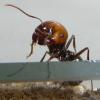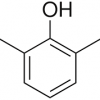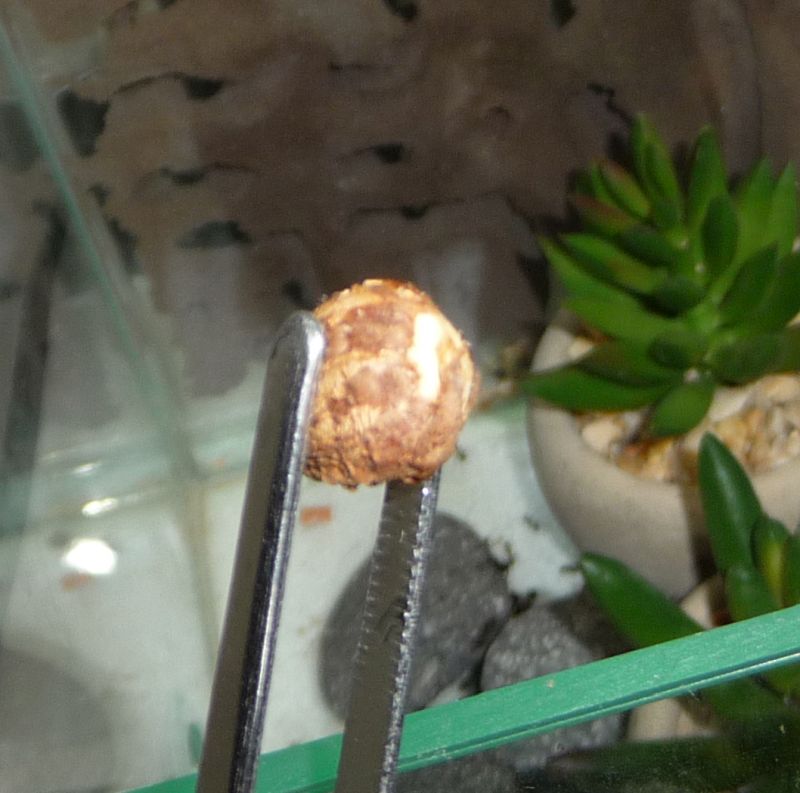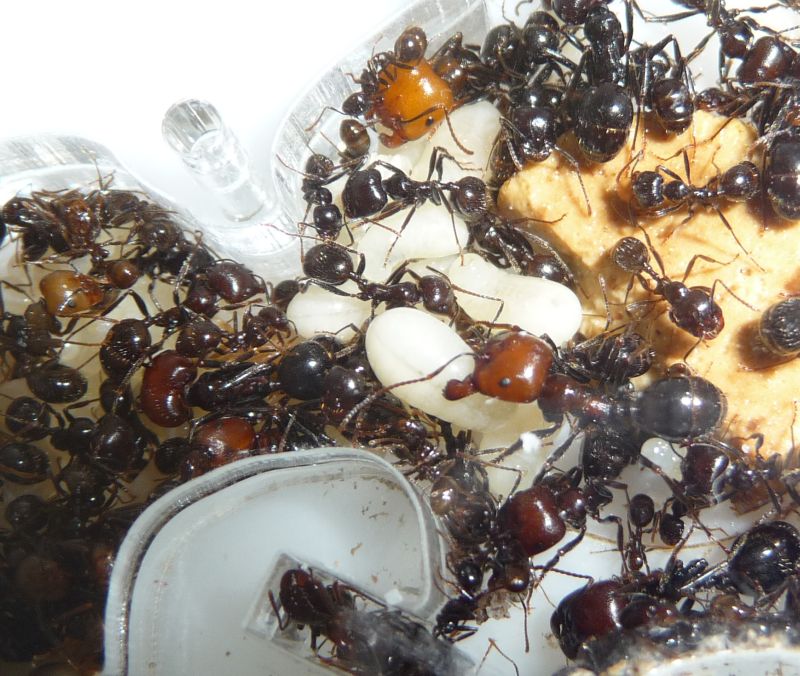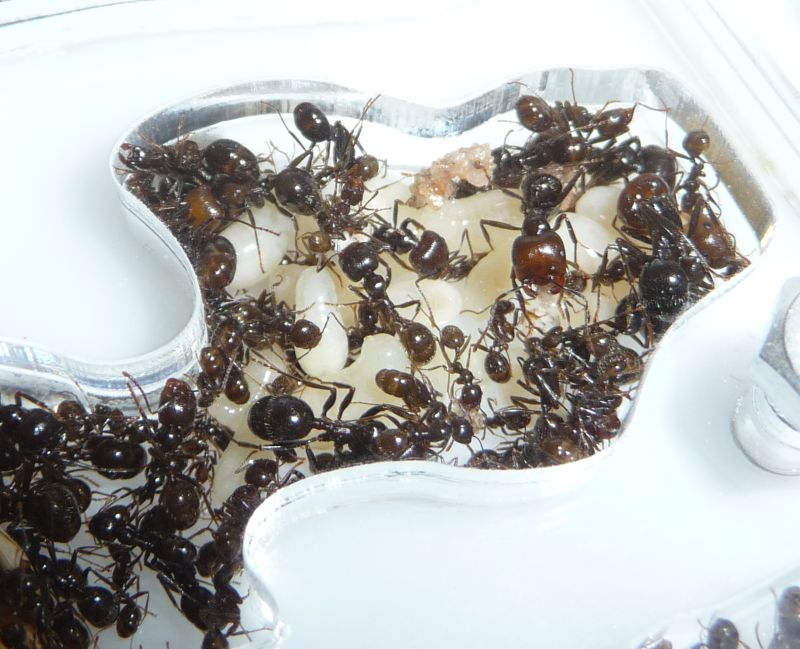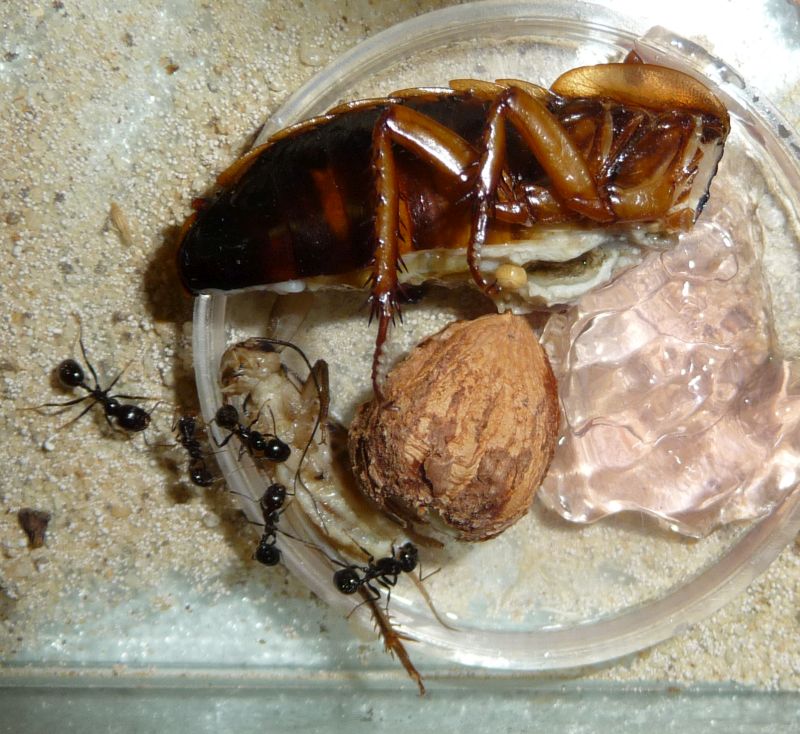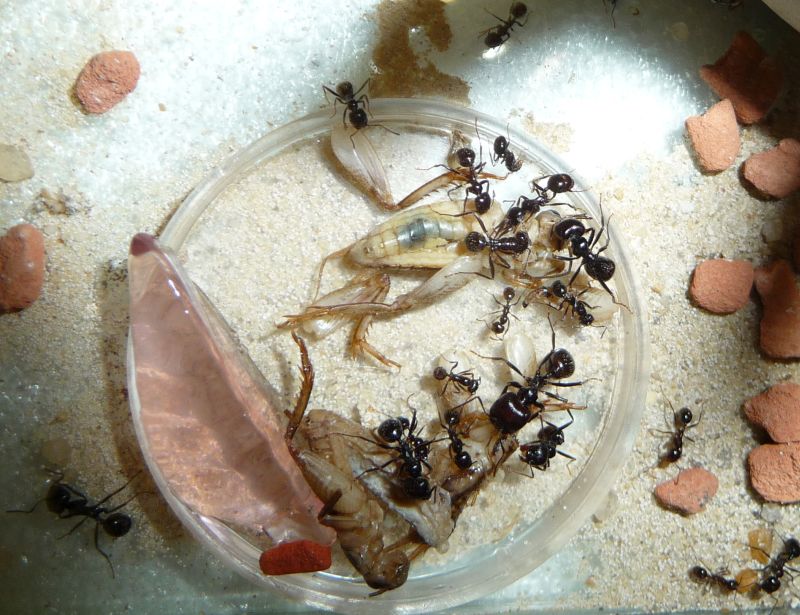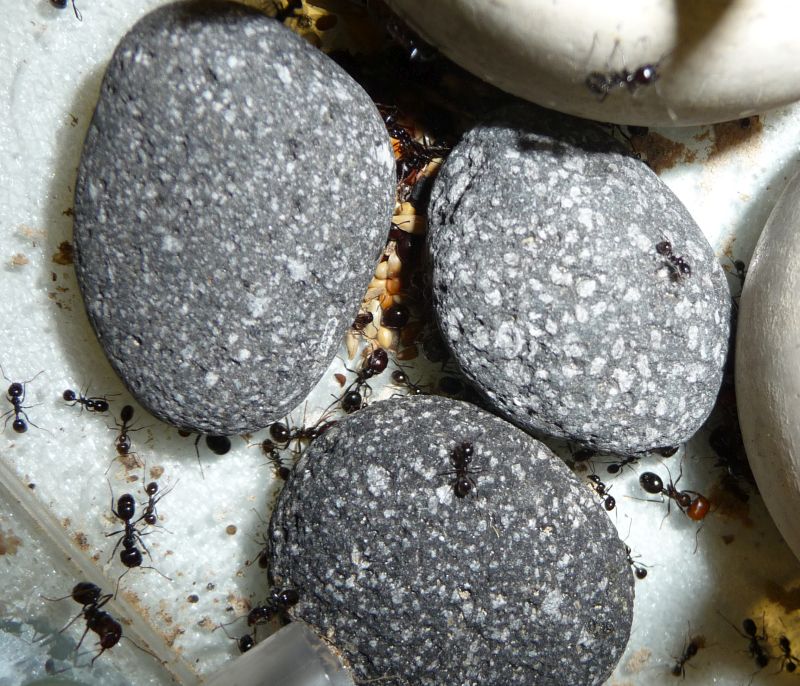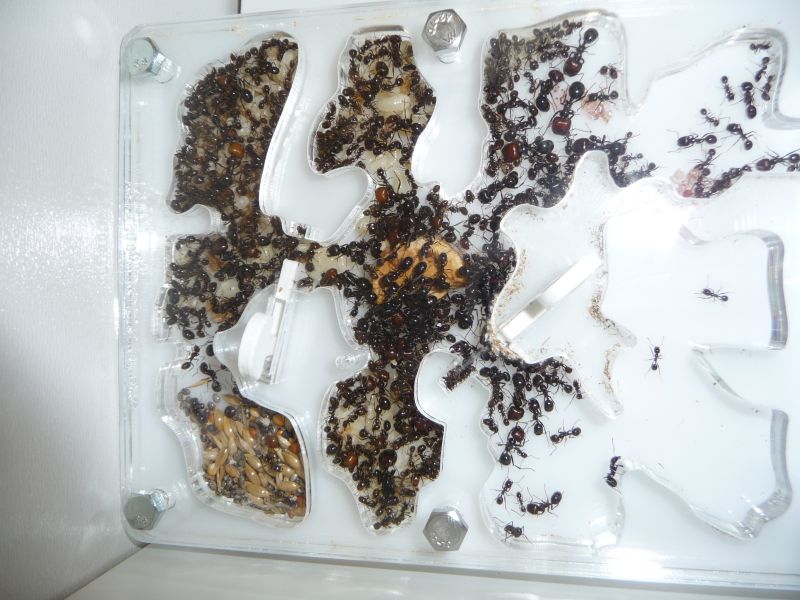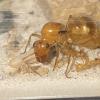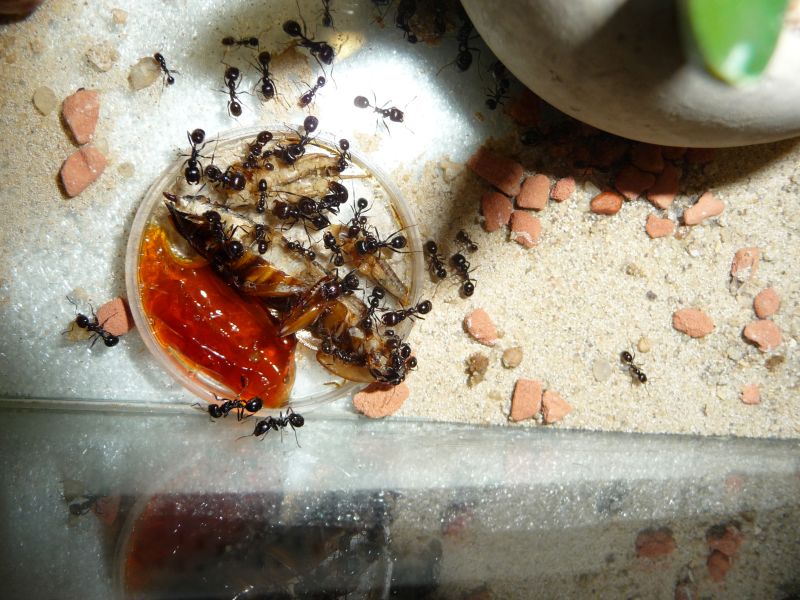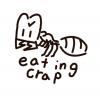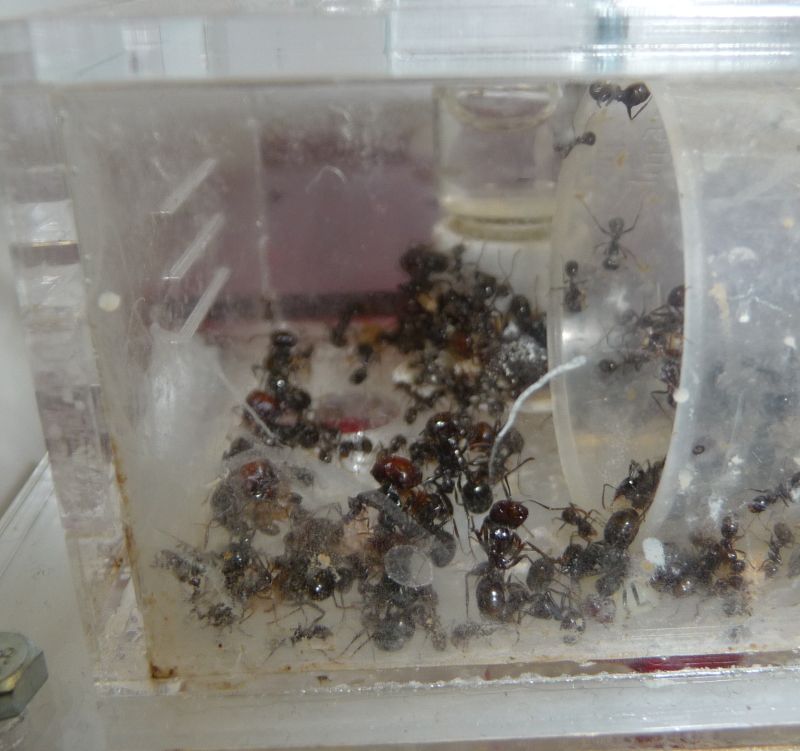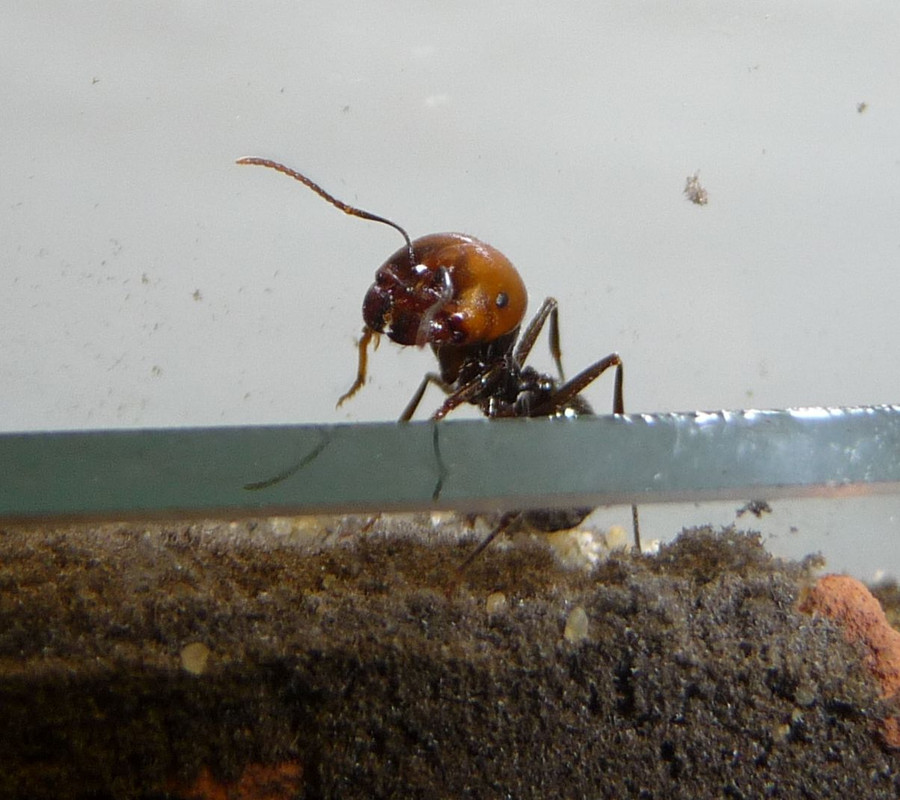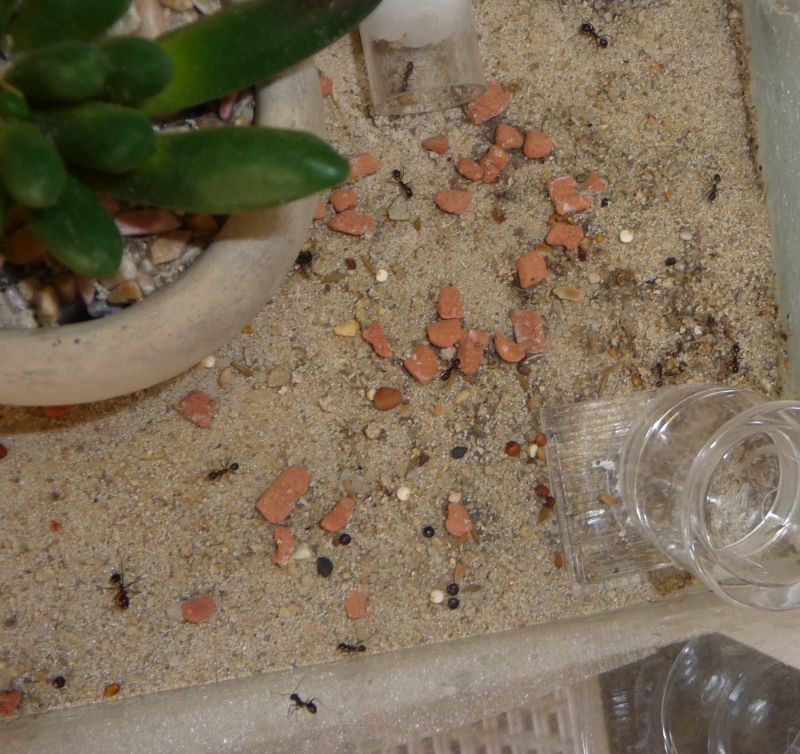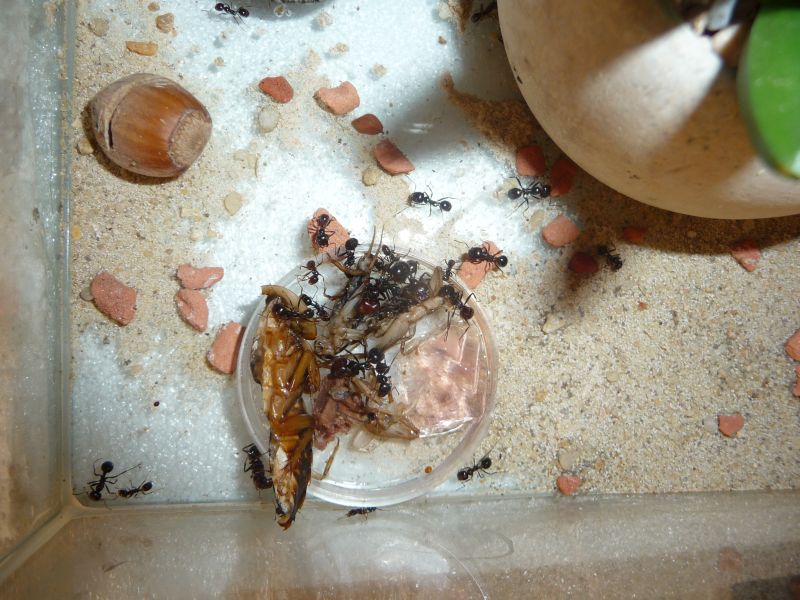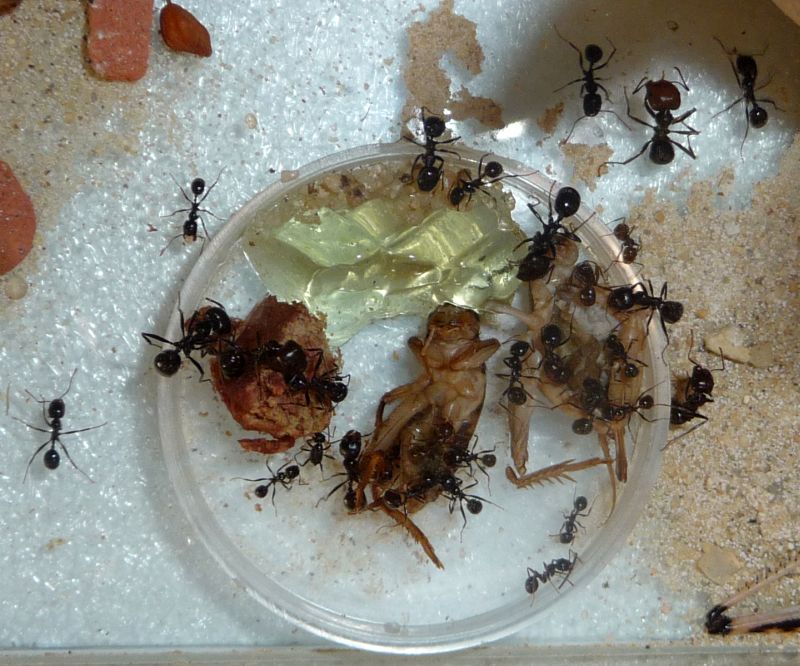Love this journal. Your journal was the first I read when I discovered this site, and I just re-read the whole thing a second time with the context of a little more basic knowledge. Have to say I especially appreciate getting to learn about some of the European species, and am jealous we can't get these here!
I really appreciate how the antcube portion of the nest allows observation of tunneling and seed storage behavior in an aesthetically pleasing way while the ants are actually living in the much more practical acrylic nest. I don't know if that was the plan all along but it certainly works. Can't wait to see the custom tarheels nest when it comes in.
Have you had any issues with seeds sprouting in the dirt part of the nest? For that matter, how have you been managing humidity in that section? If at all given they're not actively living there.
Haha, nah, the actual plan was for the colony to move out and into the ant cube. The acrylic nest was just the "starter" nest. For some reason, they girls just never moved out.
I have been told they know best....
These Messors are VERY aware of humidity and react to it accordingly.
I think the issues with seed sprouting might be mainly in smaller colonies?
I once made the mistake of watering the Ant Cube nest (I now keep it dry because of the seed storage). The ants had seed stored in there.
They were pretty quick rescuing the seed and stashing it in the out- world. Most likely swearing at me.
This is natural behaviour (according to one of my ant books).
After a rain, Messor bring their seed outside and let it dry out.
I can observe this very well with my girls- they pretty much re-organize their seed after disturbances and even after I fed new seed of different sizes.
Then everything has to be brought outside, re-shuffled, re-sorted and then brought back inside.
Also a big plus is that Messor can regulate the humidity in their nest themselves. At least larger colonies can do this. I can see this working in the acrylic nest (as you have seen, the humidifyer is broken), the ants drink a lot and carry the water into the nest. My colony is thriving.
So I can keep the seed storage nest dry, and if they ever wanted, they could moisten it themselves.
I also asked Mack from THA to only add ONE water tower to the custom nest. The internal caves will be lined with vermiculite, so the ants can regulate the humidity themselves by moistening the walls as they like it.
I am pretty paranoid about mold and the seed sprouting issue (even if I have seen that they have the seed rescue operation under control).
I think I made a good decision in getting this species.
They are pretty cool and very forgiving to mistakes.
Wow thanks for the response, this was all very fascinating. The whole seed storage, organization and safeguarding behavior is a really neat thing to get to see in our little habitats and makes me want a harvester species. Maybe one day! Although I don't think I'd trust my children around our american harvester species which mostly pack a potent sting ![]() .
.


